Some of the most commonly asked online “painting and decorating” questions are “what is and where can I buy eggshell paint?”, “can you paint uPVC doors and windows?”, “how do I get a chalky/vintage paint finish?” or “can I paint over gloss paint?”. Then directly below we list the best products you can buy at Rawlins for these problematic decoration needs! Click here to skip recommended products and to continue reading.
Shop Best Selling Eggshell Paints
Shop uPVC Paints
Shop Chalky Finish Paints
Shop Paints for Gloss, Glass & Tiles
A wise-man once said that “a foolish question is one that you don’t ask Google first” – we’re not sure who to credit that to, but we’d change it to “ask Rawlins Paints first” for industrial and domestic paint questions.

First things first – as industrial paint specialists, nothing pleases us more than to field questions from our customers via phone or email, to help them tackle even the simplest elements of their projects. So, if there’s anything we can help you with, or that you cannot find on our site, contact us. Please note, we are able to get products to you by manufacturers including Sika, Rust-Oleum, Jotun, Crown Trade, and more, which aren’t currently listed on our site.
Drum roll, please.
Quick Links – Click To Jump To Section:
- What is Eggshell paint?
- Why do landlords always pick magnolia emulsion paint?
- Can I paint over gloss paint?
- Can I mix or re-use leftover paint?
- Can basic gloss paint be used as floor paint?
- Notes
What is Eggshell paint?
Eggshell paint is a type of paint finish that does actually look like the surface of an eggshell. Comparing it to more commonly found finishes in the UK, it has less of a sheen than satin or silk but more than that of matt emulsion paint or ‘satinwood’.
The eggshell paint finish is commonplace on heritage or rustic styled interior walls and can look spectacular when adding vintage characteristics to wood. Expect to find it used in living rooms, kitchens, bedrooms and even in conservatories, where its 20% sheen (approx.) can be set off nicely by the evening sunlight.
Where else can one use eggshell paint?
How about bedroom furniture – drawers, wooden bedframes, even picture frames – or kitchen cabinets. In the living room it could be used on fireplaces/fire-surrounds, bannister rails, skirting-boards or to decorate hat and coat stands.
It can also be used externally, on window sills for example, or on doors, as it doesn’t yellow very easily.
Most eggshell paints are fast drying and produce a low odour when being applied. A quick site search for Eggshell Paint would also return Zinsser’s Perma-White interior paint, which is more commonly known as eggshell in America, but matt in the UK.

Why do landlords always pick magnolia emulsion paint?
It is in part down to 3 things:
-
- Convenience
- Colour ‘psychology’
- Price
Convenience
Where would tenants be if the landlord left a note saying that the colour of the living room wall was “mating season lesser sun spot finch” yellow? Where would one buy that? What if you accidentally purchased the more common “lesser sun spot finch” yellow and didn’t realise until the first coat started drying that it was a different shade to the other walls in the house?
That’s why magnolia is the uniform colour for rented accommodation. It is easy to find, and a good coating of it can cover stains and child’s play with pencils (for more tips on how to paint over children’s artistry, read this post). Also, if you forget, every member of staff from your local DIY store to HMV know that it can only be magnolia.
Colour Psychology
Magnolia can be considered cooling, tranquil and neutral. It allows the viewer a clean canvas for their imagination to see how they would make this house their home, and not be put off by garish greens or rampant reds splashed across bedroom walls. It is the most inoffensive paint colour available and arguably the first colour people choose to paint over when moving into newly rented accommodation.

Whilst on the subject of colour psychology, what does the colour of your walls say about you? Find out, here.
Price
Similar to convenience, magnolia paint can be picked up at any DIY or paint store, and even from friends. Due to this it is very cheap and perfect for those needing to quickly and cheaply decorate the accommodation they’re moving out of – to get their deposit back.
Can I paint over gloss paint?
Yes.
It can be inconvenient to completely remove gloss paint from skirting boards, for example, with a heat gun or chemical stripper, when the area you need to paint over is so small. It’s at times like this where preparing the surface is key to successful paint application. One can’t simply paint over gloss with emulsion paint. It won’t stick and will literally slip off.
Steps:
- Give the surface a thorough clean – cleaning products available, here.
- If possible, sand the surface down. This gives the primer a better chance of bonding.
- Prime the surface – Zinner’s Bulls Eye 1-2-3 is an excellent primer that covers gloss paint.
Once the primer has dried, it can be painted over with another gloss or emulsion. It is recommended not to build up too many layers of paint, and where possible strip back through the layers of paint.
To paint over old vinyl wallpaper, follow this guide.
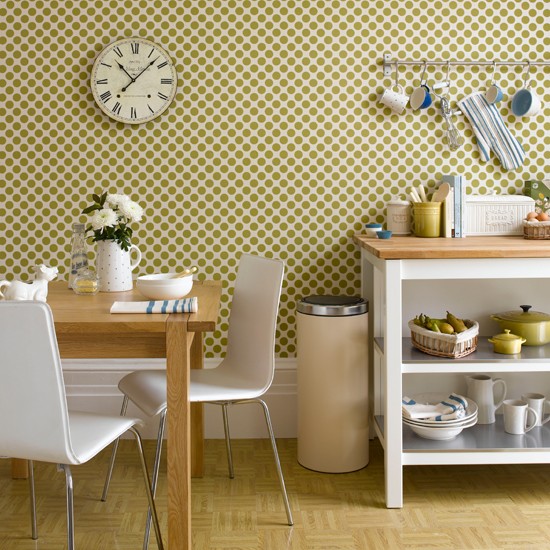
Can I paint over mould?
Rawlins Paints offer a wide selection of anti-mould paints – but to find out how to successfully paint over mould, read this blogpost.
As is more frequently the case, once you have had to paint over mould or dealt with an unsightly stain, every effort is made to prevent mould growing again in damp environments. It is best practice, and we’d be happy to offer further advice, if you need it, about which specific anti-damp and anti-fungal paints to use.
Can I mix or re-use leftover paint?
Leftover paint can be safely stored for touch-up jobs but respect the shelf life of the product, if you need to get rid of old paint, take it to the local council skip, where they can safely dispose of it. Do not simply put it out with the trash collection, and never water it down and pour it down the drain, sink or toilet. Paint is a chemical and can be dangerous to the environment and potentially to other people, if it is disposed of incorrectly.
For water-based paints, make sure than an airtight seal is secured when the lid is put back on the tin – please note that if you’ve damaged the lid when taking it off, you may need to add an airtight plastic lid over-top of the paint tin to be able to use it in future. This could be a piece of plastic that is cut to cover and seal around the lid’s lip.
For gloss or enamel paint, add a very small amount of the thinning solvent recommended by the manufacturer onto the paint – ensure that the tin of paint is not mixed, shaken or tipped upside down whilst in storage. A fine film of skin may form on the paint still, but using this method will prevent a thick, discolouring and drying skin from forming. The solvent may however cause the touch up layer to look slightly different.
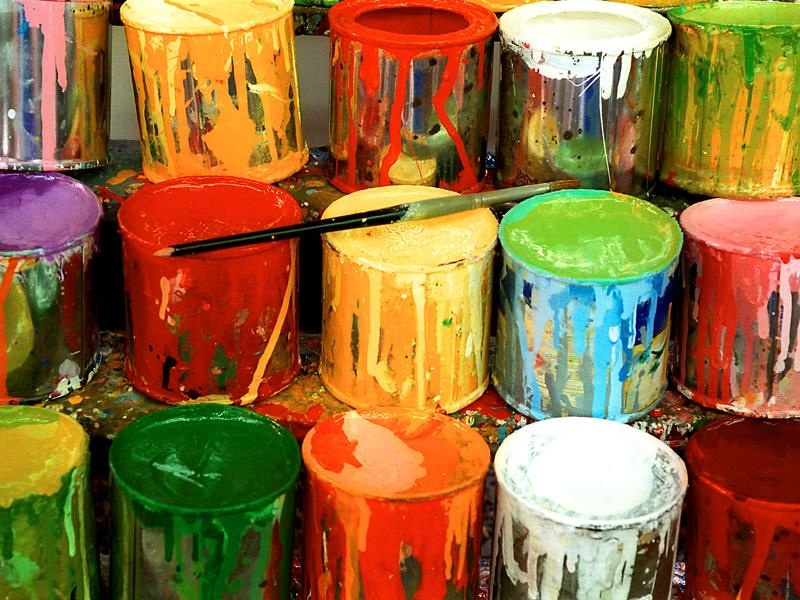
How to mix leftover paints
Here’s 5 quick tips to mixing leftover paint:
- Only mix paint in a well ventilated area, where you’ve covered surfaces and taken into consideration splashes, drips and low exposure to sunlight.
- Never mix together different paint finishes. Mixing gloss with matt paint is a very bad idea. Mix only water based paints with water based paints, and oil based paints with other oil based paints. Mixing the wrong paint finishes together will not only look horrible and have the complexion of a nightmare school dinner of macaroni cheese, but it could release dangerous toxins, too.
- Whatever the final colour is of your paint concoction, you will not be able to replicate that shade/colour again. Therefore, don’t mix paints together for small touch-up jobs and for touch-up jobs of the paint job you’ve just done, store the leftover paint in an airtight tin, to be used again.
- Give the paint a thorough mix, to blend the colour pigments in the paint properly – professional paint mixers use machinery to do this to give a more even blend. A quick mix will result in uneven colours and shades, with it potentially starting out as a light coating and as the paint gets mixed more, it gets darker.
- Remember your art lessons from school and which colours, when mixed together produce what other colours – see a colour wheel for guidance. It is a lot harder to make a paint colour lighter than it is to make it darker!
Can basic gloss paint be used as floor paint?
OK, that’s quite a hurtful question to ask paint specialists. If you’ve ever had to sort out the ‘mess’ of where floorboards were painted gloss white to match skirting boards, then you’ll understand that there are far better finishes to use on floorboards than white gloss paint. Yes, gloss paint is very durable, but please, do not use it on your floorboards or vinyl flooring when there are much better alternatives available.
The first place to start with floor paints is the environment in which it’ll be used. Is it prone to medium traffic or perhaps heavy traffic, like a garage or warehouse floor? If so, then for health and safety reasons you’re better off using a high quality anti-slip floor paint.
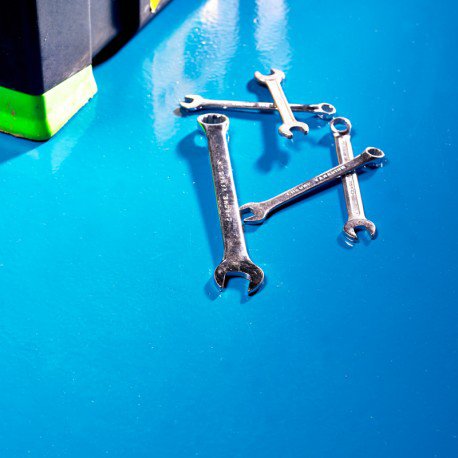
Floor paints and wood finishes are available in a wide selection of colours and are extremely durable when used in the right environment – obviously the floor finish you’d use in a kitchen is not the same as that you’d use in a shed workshop.
What can I use on my garage floor?
Pick a high quality paint, like Blackfriar Professional’s Acrylic Floor Paint, which can be used on wooden floors, metal, concrete, brickwork, stone and asphalt. Perfect for commercial, personal and light industrial use, it’s available in over 100 different colours.
How can I get a decorative yet durable effect on my workshop floor?
Whilst it may look decorative, most paint additives, like Rust-Oleum’s Epoxyshield Decorative Flakes, leave an important grip and protective layer to the floor paint. This makes the floor easy to clean, without abrasively removing the top coating with a strong cleaning agent or stiff brush.
What about slippery bathroom floors?
In hospitals, and even workplace shower rooms, you’ll notice the floor has a slight ‘grit’ to it. More commonly this is from a hygienic paint additive that protects and adds an anti-slip element to the freshly applied floor coating resin. This is essential in places like hotels, B&Bs, hospitals, residential care homes, gyms and military buildings, where there’s frequently a shared environment and the need for extra vigilance when cleaning.
Notes
If there’s any other paint related questions you’d like answers for, feel free to drop us an email, or leave your question in the comment section below.
 Rawlins Paints Blog Industrial Paint Tips, Guidelines & DIY Articles
Rawlins Paints Blog Industrial Paint Tips, Guidelines & DIY Articles
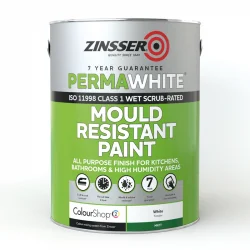
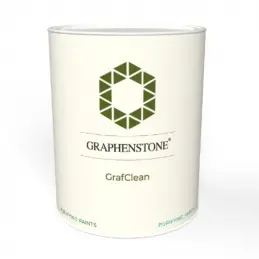
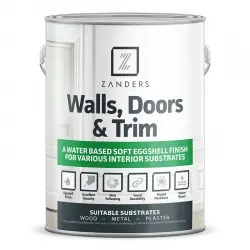
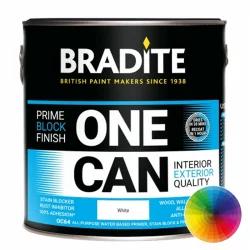
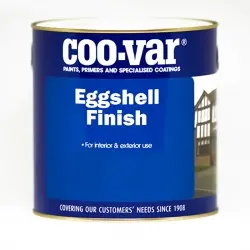
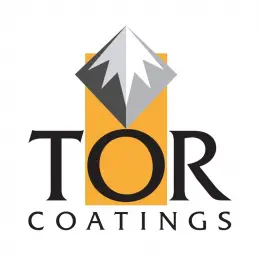
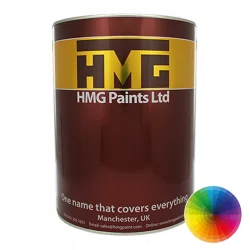
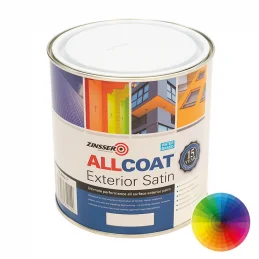
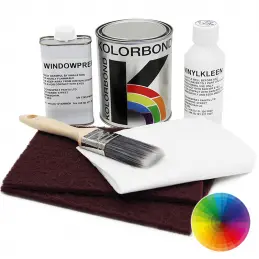
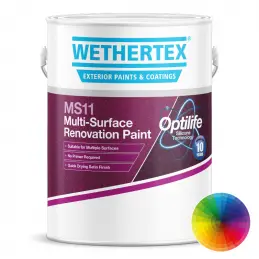
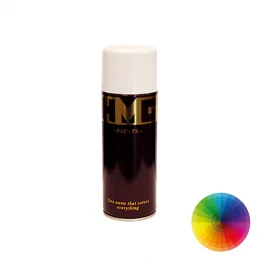
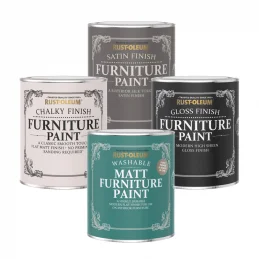
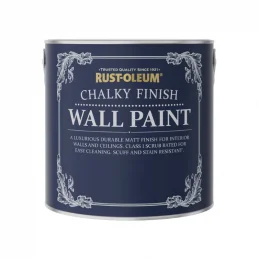
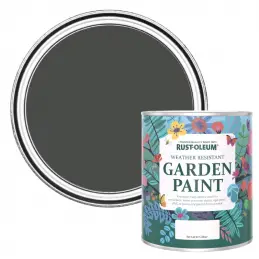
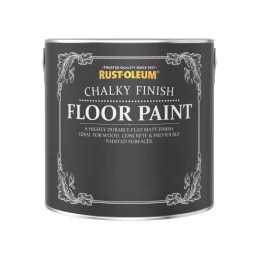
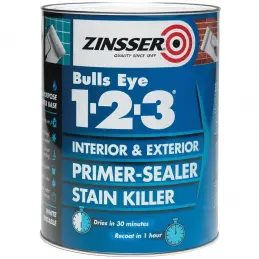
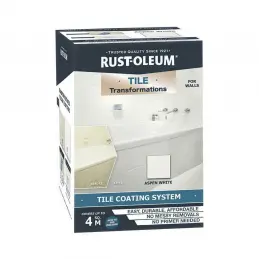
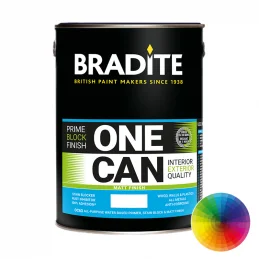
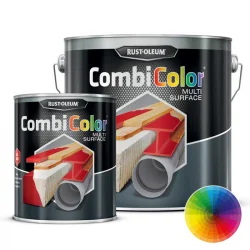
I have engineered oak floorboards in my kitchen, I have sanded them and would now like to apply paint. I was thinking of using Rust-Oleum’s winter grey floor paint. I believe I can paint straight on to the boards , do l have to wax or varnish to finish off? Also is the paint water or oil based I have read conflicting information.
Thank you
Hi Sue,
Rust-Oleum Chalky Finish Floor Paint is water based and can be applied directly to the timber floor in two coats without the need of a primer and should be left as a finish – no varnish, wax, etc. required.
The product is actually very hard wearing despite its name, it can be washed down as normal, however in a kitchen you may get splashes of fats and oils around the cooker, these should be wiped up promptly as they may affect the paint if left on for longer periods.
Is there anything else we can help you with today?
Best regards.
Can I paint over a water based satin finish acrylic varnish (polyvine decorators varnish) ? Recommendations please, would like to use an oil based eggshell finish.
Good morning Mick,
Zinsser B-I-N would be a good choice, a good solvent wipe using methylated spirits and a clean cloth should be sufficient preparation. There will be no need to sand the surface however if there is the possibility of any wax present this must be removed. White spirit and wire wool is an effective method for removing wax. Ensure all works are carried out in a well ventilated area, once the surface has been primed with Zinsser B-I-N you can apply an oil based top coat.
Is there anything else we can help you with on this project?
Best regards.
Mark
Is there a paint I can use on bathroom tiles on the wall? I don’t want to retire my entire bathroom but I don’t mind spending the time repainting the tiles if this is a possibility! Thanks!
Hi Talie,
Thanks for your question – take a look at the Rust-Oleum Tile Transformation Kit for your bathroom tiles.